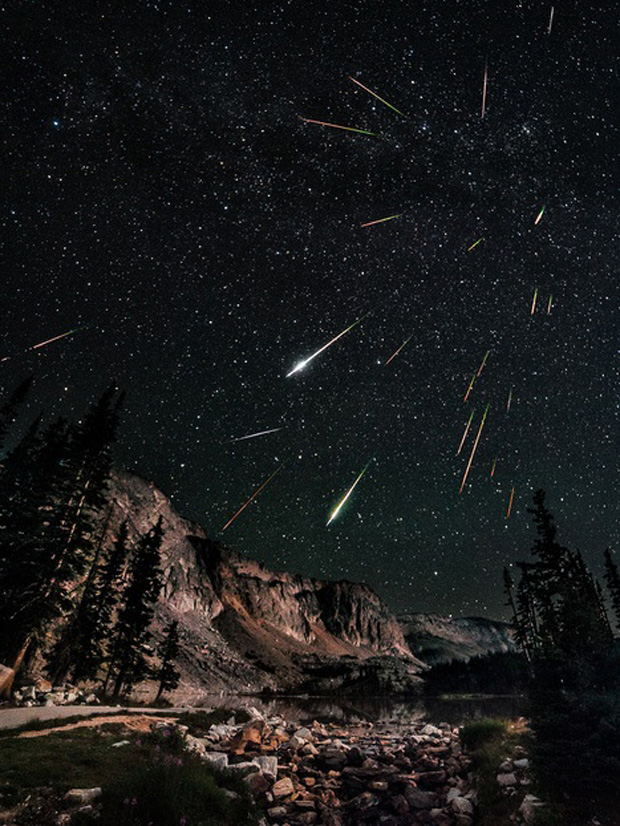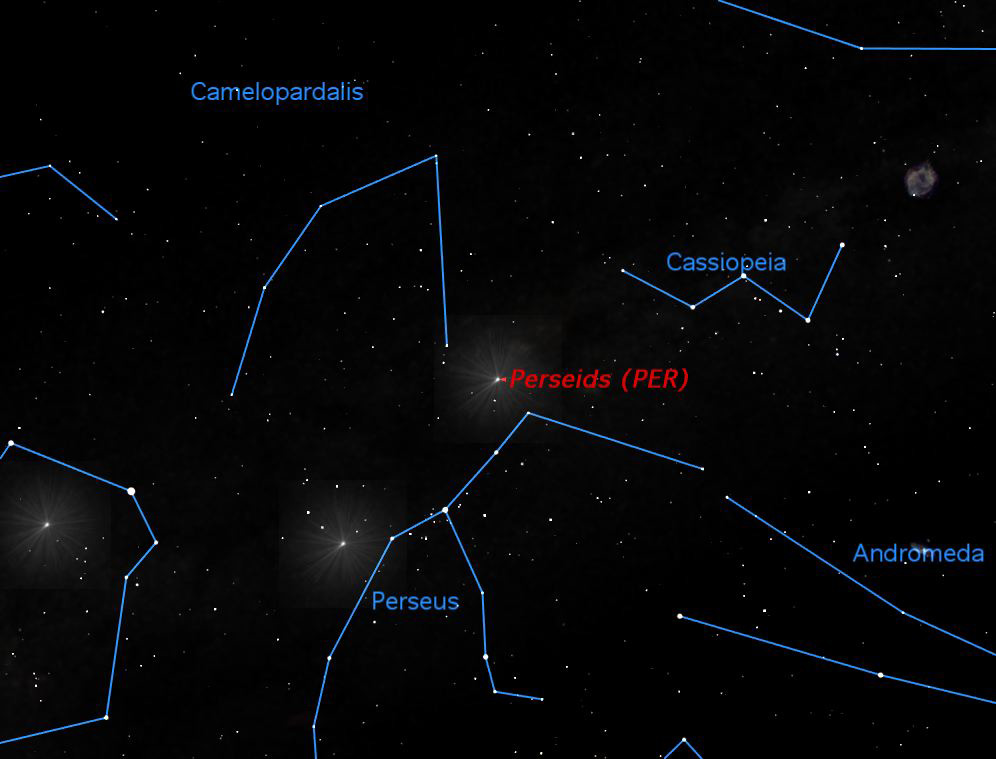Perseid Meteor Shower: August's 'Fireball Champion' Should Dazzle Stargazers

Editor's Note: To see the latest forecast and stargazing tips for the 2013 Perseid Meteor shower, visit: Promising Perseid Meteor Shower Will Peak Soon
Gear up to see some great balls of fire flashing through the sky this month.
According to NASA research, the upcoming Perseid meteor shower produces more fireballs — bright meteors that streak across the sky — than any other annual shower, earning it the title of "fireball champion".
During the peak of the Perseids, stargazers under dark skies could see more than 100 meteors per hour, but some bright fireballs can also be spotted in urban, light polluted areas.
"We have found that one meteor shower produces more fireballs than any other," Bill Cooke of NASA's Meteoroid Environment Office said in a statement. "It's the Perseid meteor shower, which peaks on August 12th and 13th."

Cooke and his team of scientists have used meteor cameras around the southern United States to track fireballs since 2008.
The Perseids produced 568 tracked fireballs while the Geminid meteor shower came in a close second, producing 426 from 2008 to 2013. The Geminid fireballs, however, are not quite as bright as the Perseid-produced streakers. Scientists use a magnitude scale to rate the brightness of objects in the night sky. Lower numbers mean brighter objects, with negative numbers denoting exceptionally bright events.
Get the Space.com Newsletter
Breaking space news, the latest updates on rocket launches, skywatching events and more!
"The average peak magnitude for a Perseid observed by our cameras is -2.7; for the Geminids, it is -2," Cooke said. "So on average, Geminid fireballs are about a magnitude fainter than those in the Perseids."
The high rate of fireballs could have something to do with the meteor shower's progenitor: Comet Swift-Tuttle. Every year, the Earth passes through a trail of dust left behind in the comet's wake. The dust burns up in Earth's atmosphere, creating the brilliant shower.
It's possible that the size of Swift-Tuttle could cause the high number of fireballs produced during the meteor shower.
"Comet Swift-Tuttle has a huge nucleus — about 26 kilometers [16 miles] in diameter," Cooke said in a statement. "Most other comets are much smaller, with nuclei only a few kilometers across. As a result, Comet Swift-Tuttle produces a large number of meteoroids, many of which are large enough to produce fireballs."
Interested observers should look to the skies from 10:30 p.m. to 4:30 a.m. local time on the nights of Aug. 12 and Aug. 13, Cooke recommends. The rate of meteor activity will begin low and increase throughout the night and wee hours of the morning.
"Get away from city lights," Cooke said. "While fireballs can be seen from urban areas, the much greater number of faint Perseids is visible only from the countryside."
Editor's Note: If you snap an amazing picture of the 2013 Perseid meteor shower or any other night sky view that you'd like to share for a possible story or image gallery, send photos, comments and your name and location to managing editor Tariq Malik at spacephotos@space.com.
Follow Miriam Kramer @mirikramer and Google+. Follow us @Spacedotcom, Facebookand Google+. Original article on SPACE.com.
Join our Space Forums to keep talking space on the latest missions, night sky and more! And if you have a news tip, correction or comment, let us know at: community@space.com.

Miriam Kramer joined Space.com as a Staff Writer in December 2012. Since then, she has floated in weightlessness on a zero-gravity flight, felt the pull of 4-Gs in a trainer aircraft and watched rockets soar into space from Florida and Virginia. She also served as Space.com's lead space entertainment reporter, and enjoys all aspects of space news, astronomy and commercial spaceflight. Miriam has also presented space stories during live interviews with Fox News and other TV and radio outlets. She originally hails from Knoxville, Tennessee where she and her family would take trips to dark spots on the outskirts of town to watch meteor showers every year. She loves to travel and one day hopes to see the northern lights in person. Miriam is currently a space reporter with Axios, writing the Axios Space newsletter. You can follow Miriam on Twitter.









